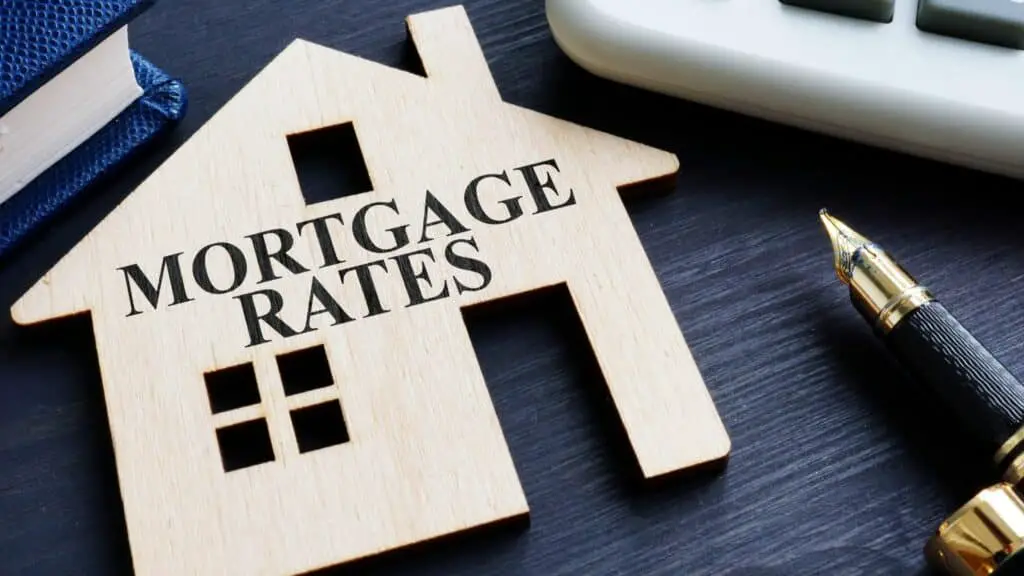Mortgage rates rise, stirring the housing market and potential homeowners. This trend reflects the recent uptick in Treasury yields, impacting loan affordability.

Understanding the Trend of Mortgage Rates Rise
- Treasury yields and mortgage rates share a close link. As the former climbs, so do the latter.
- A higher yield on the 10-year Treasury note often signals rising mortgage rates. This correlation is due to lenders adjusting to ensure profitability.
- Economic factors like inflation and policy decisions can push these yields up, affecting mortgage rates.
Effects on Homebuyers
Mortgage rates rise, complicating the buying process. Higher rates mean increased monthly payments, affecting affordability and accessibility for many.
- Example: A 0.5% rate increase on a $300,000 loan can significantly boost monthly payments.
- This shift could cool down overheated markets but also restrict first-time buyers.
Navigating the Changes
- Buyers should monitor rates and consider locking in rates quickly.
- Exploring different mortgage options can uncover more favorable terms.
- Refinancing might benefit current homeowners if rates begin to stabilize lower.

Understanding the Impact of Borrower Expectations on Mortgage Behavior
Housing market data indicates that the most optimistic buyers during the pandemic are more prone to cease paying their mortgages.
As mortgage rates rise, awareness and strategy become key for navigating the housing market. Understanding this dynamic helps buyers and homeowners make informed decisions.
Related posts:
 Surge in US Housing: A Close Look at the November 2023 Boom
Surge in US Housing: A Close Look at the November 2023 Boom
 Seattle Fort Lawton Housing Plan Revision: A New Vision for Affordable Living
Seattle Fort Lawton Housing Plan Revision: A New Vision for Affordable Living
 2024 Real Estate Recession Warning: A Closer Look at the Housing Market Dynamics in Arizona
2024 Real Estate Recession Warning: A Closer Look at the Housing Market Dynamics in Arizona
 Affordable Housing in Highland Park: A Sustainable Approach to Homeownership
Affordable Housing in Highland Park: A Sustainable Approach to Homeownership
 White House Initiative for Office-to-Housing Conversions Faces Hurdles, Developers Report Delays
White House Initiative for Office-to-Housing Conversions Faces Hurdles, Developers Report Delays




